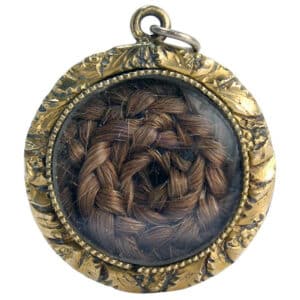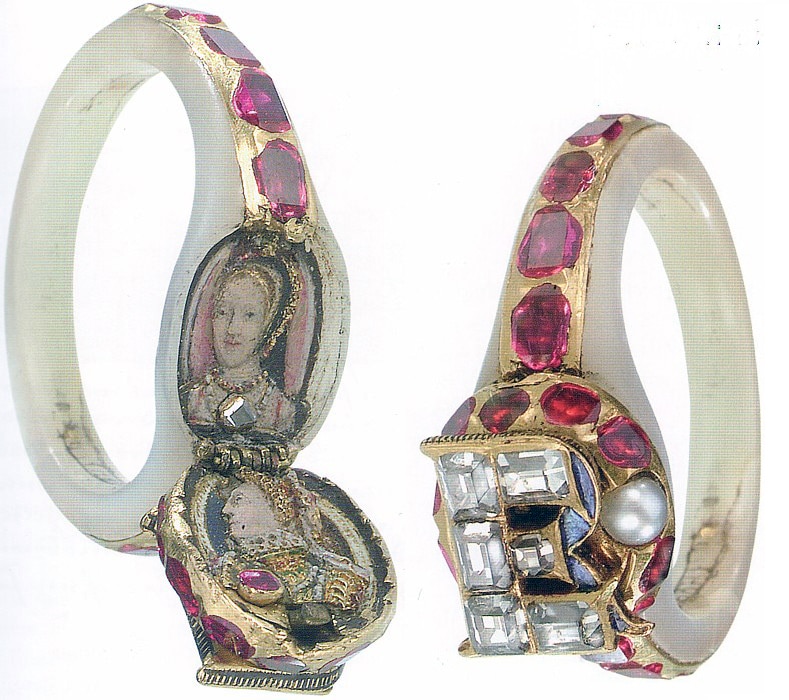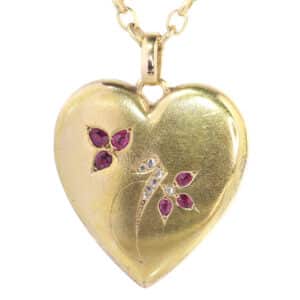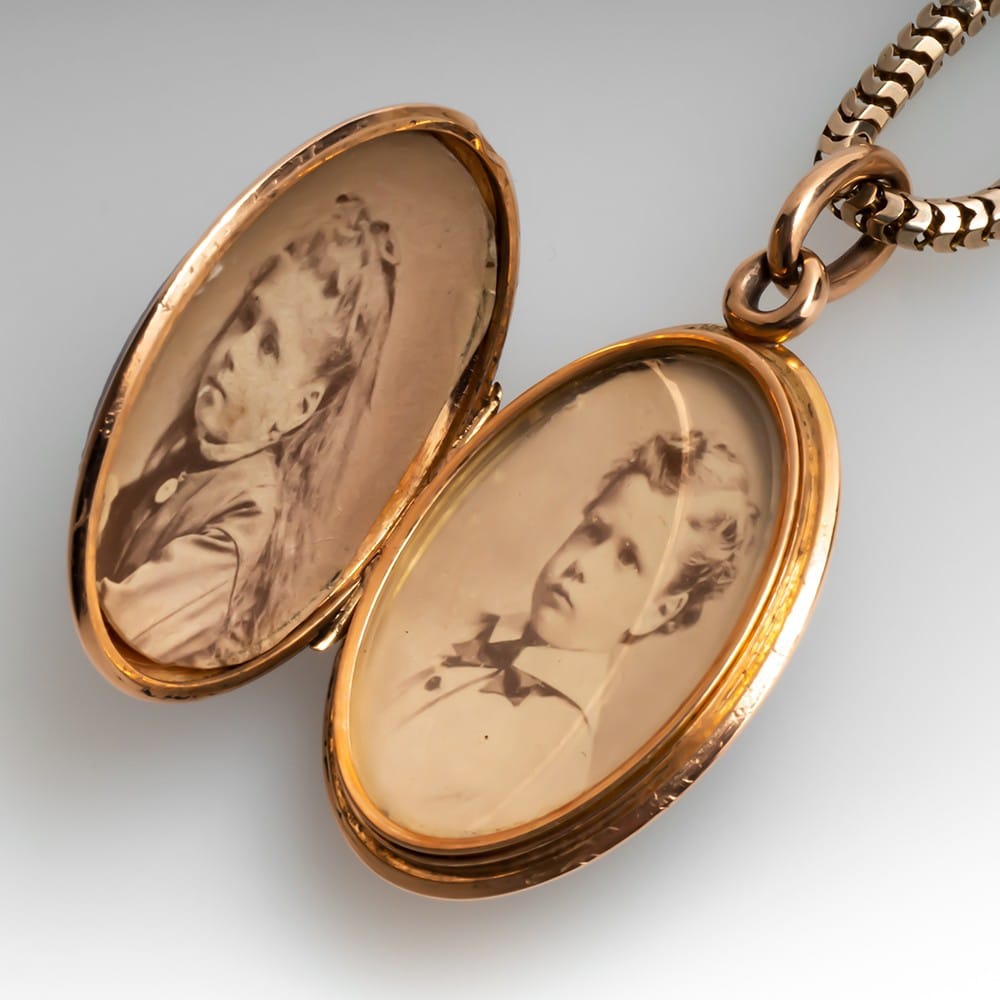
Love is a beautiful thing. It is so beautiful, in fact, that there are many symbols of love and relationships that are celebrated today. Everything from flowers and chocolates to cards and candles, we all can conjure up images in our minds of romance. But there is one symbol of love with a much longer and more convoluted history than many people realize: the locket. Lockets have been worn for centuries, but today many people are unaware of the full history of locket wearing. Let’s take a peek at why and how lockets have remained popular for centuries.
What is a Locket?
A locket is a pendant that opens. Modern lockets are often part of necklaces. Although, there are some rings, pins, and other pieces of jewelry that do include lockets. There have also been famous historical pieces of jewelry that contained lockets – mainly, rings. Today, the compartment inside a locket usually contains something to remind the wearer of a loved one. For example, it might contain that loved one’s picture. However, that wasn’t always the intended purpose of a locket.
The History of Lockets Themselves
Lockets date back to ancient times. Their earliest iterations were various amulets often worn for superstitious purposes. From the 15th through the 17th centuries, they evolved to have many uses. Their designs also evolved to become more decorative and elaborate. They slowly became beautiful jewelry pieces, rather than just superstitious talismans. Their appeal as decorative jewelry continued through the following centuries and still remains intact today.
Early Locket Uses
As mentioned before, one of the earliest uses for lockets was as good luck charms or talismans. They were thought to ward off evil, illness, or ghosts. Their exact superstitious uses varied by era and geographic location. However, they were often considered almost essential at the time periods and in the locations where those uses were popular. Men and women alike wore them to keep themselves safe from perceived dangers. Interestingly, some lockets containing poison.
Another popular use for lockets occurred in Europe in the 16th century. At that time, sanitation was not like it is today. As a result, many public streets and alleys had unpleasant smells. People used lockets to help combat those smells by placing small pieces of perfume-soaked fabric or pouches of fragrant herbs in their lockets.
The History of Lockets as Symbols of Deceased Loved Ones

Lockets have been used as symbols of love for centuries as well. Although, exactly how they have been used for that purpose has changed and adapted with the changing times. For example, the practice of keeping locks of hair in lockets increased in popularity in the 17th and 18th centuries. Those locks of hair typically belonged to deceased loved ones, including spouses or parents. However, they were also sometimes symbols of a different type of love that was more like an allegiance. For example, some loyal supporters of Charles I wore lockets containing his hair after his 1649 execution. By the 18th century, lockets containing hair were so popular that many were made so the hair was visible without the need to open the lockets. Those transparent locket designs often incorporated the hair woven in patterns or swirled in circles.
Early lockets were worn as symbols of familial love or allegiance and often had elaborate designs. They sometimes included family crests. They also almost always included portraits of loved ones.

In the 1500s Queen Elizabeth I wore a portrait locket incorporated into a ring. It contained portraits of herself and Anne Boleyn (her mother). It is now widely accepted as one of the most famous and earliest portrait locket examples.
During some historical periods in certain areas, ashes were also placed in lockets. That allowed the wearers to literally carry their loved ones with them everywhere they went. Some lockets also contained personal mementos of loved ones, such as tiny love letters. Most such lockets were still worn as reminders of the deceased.
Lockets for Living Loves
The 19th and 20th centuries saw increases in lockets worn to represent living loves.
Although many lockets were still worn to represent the deceased as well. The 20th century also saw a major shift in how lockets were used due to advancements in photographic technologies. As a result, almost all 20th-century lockets contained photographs. However, some still contained hair or other materials. Some also contained photographs along with other accompanying materials.

In addition, the 19th and 20th centuries were times when lockets were worn more often by women than men. Their lockets often contained photos or mementos of their spouses. However, notable exceptions occurred during World War I and World War II. During those times, it was more common for soldiers to wear lockets with photographs of their girlfriends or wives. Another type of living love locket that became popular with advancements in photo technology was the family locket. Those lockets were most often worn by mothers and featured pictures of their children.
The Love of Lockets
The love of lockets, despite changing forms over the centuries, has clearly stood the test of time. Today, you can still buy lockets in stores or have them custom-made. However, buying an antique locket is a great way to display your love of history and your love of love. Many antique lockets can even be adapted to include modern mementos of your own loved ones. Although, making such adaptations is likely to reduce their resale values.





Related posts: